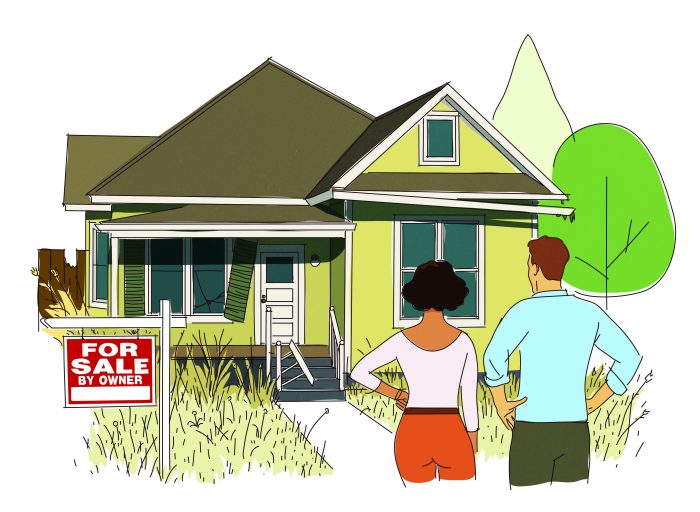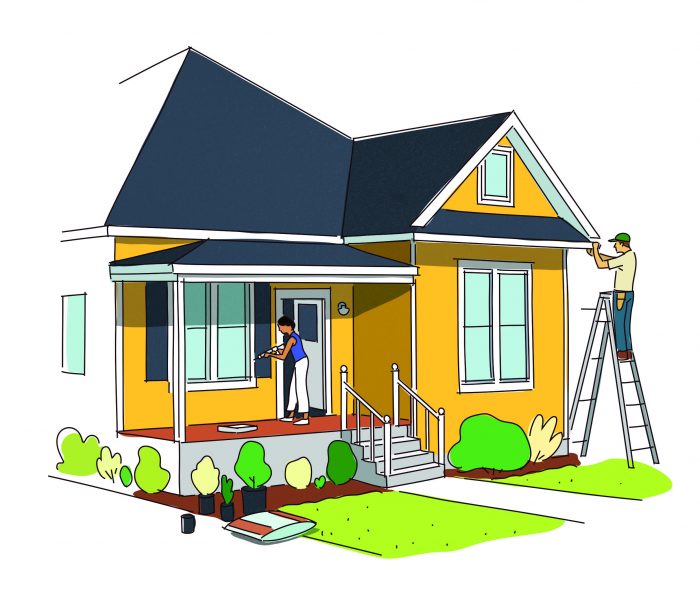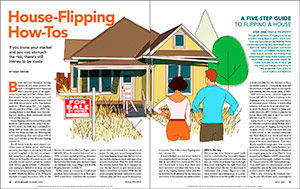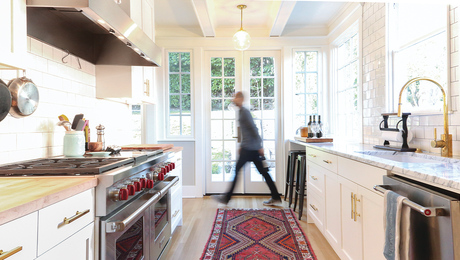A 5-Step Guide to Flipping a House
The house-flipping process can be overwhelming to those new to the task. Follow these five steps to ensure that your flip is on track for success and greater returns.

Step 1: Find a Property
Though all methods of buying a home are possible, many flippers prefer direct sales from the homeowners (called “For Sale By Owner” or FSBOs). These owners are typically very motivated to sell, there’s no realtor to be paid, and there’s more time to evaluate the home than there is at an auction. But finding these properties isn’t easy. Some flippers send direct mail; some use social media. No matter how you decide to do it, get the word out that you’re looking to buy properties if you’d like to avoid realtors and auctions.

Step 2: Determine the After-Repair Value
Once you have found a property, determine its after-repair value, or ARV. This is how much you can likely sell the house for after you’ve done the necessary updates and appropriate upgrades. The ARV is speculative, but your success depends on it, so you can’t do enough research here. Get to know the neighborhood you’re considering working in, find out what buyers in this area and price range will pay for, and study recent comparable sales, or comps. A bank won’t write a mortgage on a house unless the appraisal assures them that the house is collateral for the loan. Since the appraisal is based on comps, your ARV should be too.

Step 3: Do the Math
Once you’ve determined the property’s potential ARV, it’s time to crunch some numbers to figure out how much you can pay for the house and still turn a profit. Folks flipping houses all across the country use the same basic equation to determine their maximum purchase price. The equation gives you a starting point; each deal requires fine-tuning based on specific projected costs and situations. To do the math, you’ll need to have a renovation-and-repair budget and timeline. The timeline will help you determine the likely financial costs and carrying costs. And you need to have a target-profit margin. Most flippers aim for a profit of 15% of the ARV. The formula is simple: ARV minus costs, profit, and renovation budget equals purchase price. Here’s an example:
$500,000 After-repair value
– $75,000 Financial and carrying costs
– $75,000 Profit target (15%)
– $50,000 Renovation budget
= $300,000 Purchase price
If you can’t acquire the house for this purchase price, it’s best to walk away and look for another property. There’s too much speculation in the math and uncertainty in the process to add more risk to the equation.

Step 4: Purchase Property and Get to Work
Two sure ways to diminish your profits are to blow the renovation-and-repair budget and/or timeline. Your renovation-and-repair plan should be based on what buyers are willing to pay for in your specific market. In many markets, “upgrades” will never yield a return from cost-conscious buyers—they will only lower your profit. Also, every day added to the renovation-and-repair timeline adds to your carrying costs. During this phase of the flipping process, your job is to stay focused on executing the plan to stay on deadline.

Step 5: Sell for a Profit
Don’t waste any time getting your property back on the market once you’re done with the renovations and repairs. Not only will you continue to incur carrying costs as you wait to sell, but the likelihood of the market changing increases. If you did your research, your property will now be precisely marketable to buyers looking for homes in your neighborhood in the price range of your speculative ARV.
For a more comprehensive look at the process, check out the full article.
While rewarding and often exciting, house-flipping is no easy task. These five steps outline the process in order to show you the big picture. In the full article, we help to explain the investment mindset needed to undertake such a project, the different types of costs involved, and the key to a successful plan.
To view the entire article, please click here.


























